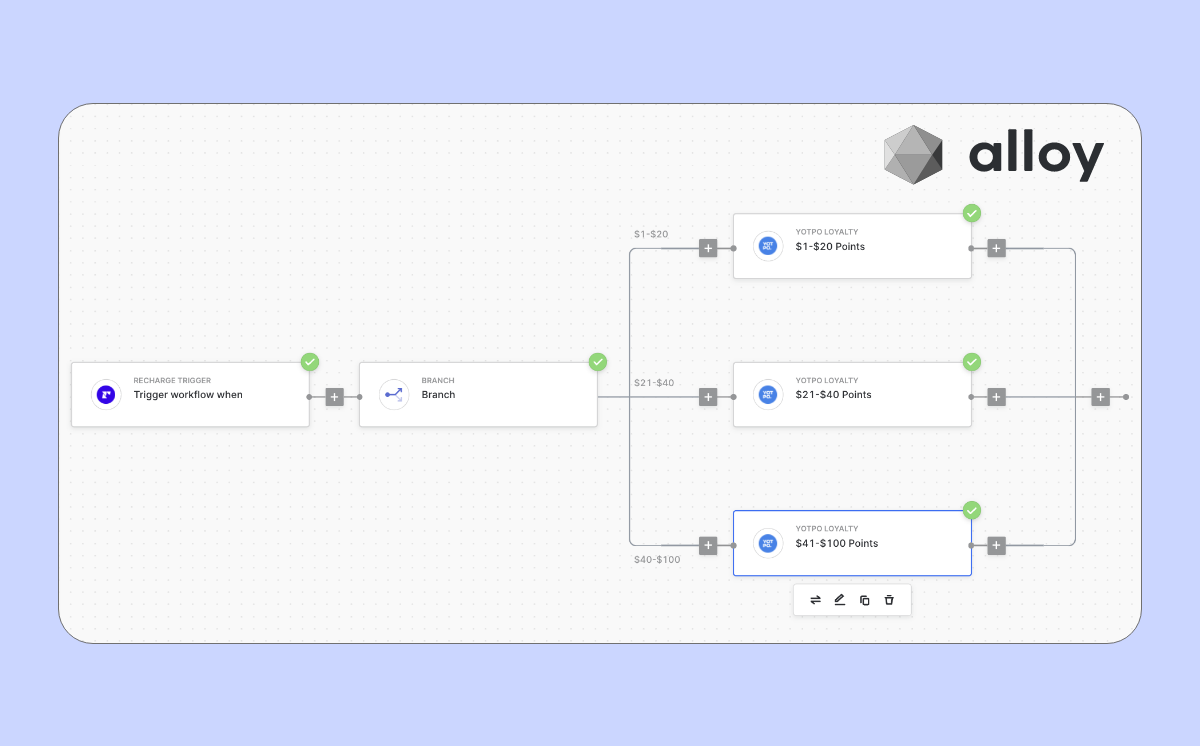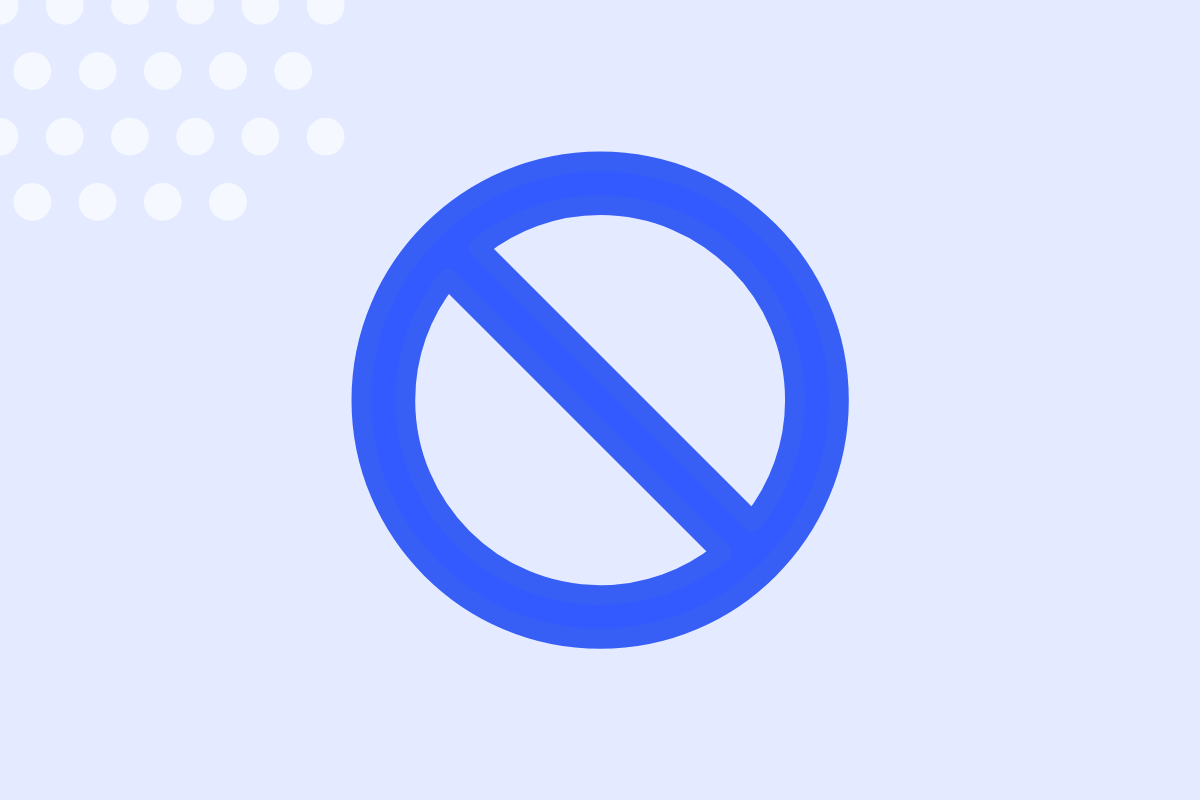From building customer goodwill, and loyalty, and generating sales, there’s a lot to love about using personalized emails to engage customers.
In face, 71% of consumers expect their experience to be personalized!
But if you have thousands of email contacts, there’s just no way you can manually customize and send emails to each of them while still having time and energy for other responsibilities.
That’s where email automation comes in.
This email marketing strategy automatically sends emails to customers when certain events occur. It, therefore, puts your customer engagement efforts on autopilot, helping you save time—and your sanity.
Let’s look at how email automation works and how you can set it up for your eCommerce business.
Here’s how email automation works, step by step:
1. A user visits your website
Hooray, you’ve got a new visitor!
They could have landed on your site via a Google search, your social media profile URL, or maybe after clicking on an email link. Either way, this is your chance to get them on your email list.
//[inject:ad-personalized-email]
2. User opts-in by entering their email address via pop-up
As the user browses your website, they may encounter your offer pop-ups. These are opt-in forms that let users share their email addresses with you…
…assuming the user notices your offer pop-up first, of course.
That’s where you need to make your offer pop-ups appealing by:
- Embedding images that catch your user’s eye
- Using bold fonts and bright colors to attract attention
- Writing compelling copy, such as the benefits of subscribing to your email list
We love this offer pop-up by vegan fashion retailer Immaculate Vegan, which checks off all the above boxes:

(Learn more about creating offer pop-ups in Sendlane here.)
That said, people typically don’t wake up and say, “Hey! I feel like leaving my email address with a bunch of websites today.” So even after you’ve drawn their attention to your offer pop-up, you’ll need to incentivize them to share their email address.
For example, parenting gear retailer Itzy Ritzy gives users a sweet 15% off their first order when they join its email list:

3. The user receives an email to confirm their email address
This email is called a “double opt-in.” It isn’t the same as a welcome email, which welcomes new contacts to your email list.
The double opt-in comes before your welcome email and asks users to confirm their:
- Email address, and
- Consent to receive marketing communication emails from you.
Here’s what CBD sparkling water retailer Recess’s double opt-in email looks like, for example:

Under GDPR laws, you’ll need to send a double opt-in for users based in the EU. In other words, you can’t email EU-based users unless they’ve expressly agreed to hear from you. Their filling out of your offer pop-up isn’t good enough.
In contrast, sending a double opt-in isn’t a must under U.S. CAN-SPAM laws. Nevertheless, we recommend sending U.S.-based users a double opt-in anyway. Doing so helps ensure that your contacts are truly keen on engaging with your brand.
After all, they’ve signaled their interest in receiving your emails not once but twice!
4. The user is added to an email marketing database
When setting up your offer pop-up, you’ll connect it to a designated list within your email marketing platform. The platform then adds all contacts who subscribe to your offer pop-up. It’s a nifty feature that helps you organize your contacts and stay on top of how they enter your database!
For example, if your offer pop-up promotes an exclusive Black Friday/Cyber Monday discount code, you could connect it to a “BFCM discount code” list to keep track of the contacts interested in this offer.
5. The user is segmented based on their behavior, preferences, or previous sales
Segments are groups of contacts with shared characteristic(s) such as:
- Customer behavior, such as new customers who have made their first order with you
- Preferences, such as customers who love lime mint soda
- Sales history, such as customers who have bought a certain sneaker model
Once you’ve set up your segments in your email platform, the platform will help automatically segment your contacts based on the info you have on them. You can then send these contacts relevant messages that appeal to their specific characteristics.
Let’s say you want to send your contacts special offers during their birth month. To do so, you’d create an offer pop-up that collects their birthdate on signup.
This is what ice cream retailer Jeni’s Splendid Ice Creams has done here:

Next, you’ll create a segment for each month of the year - Such as a “January Birthday” segment for contacts born in January and a “December Birthday” segment for contacts born in December.
Then if a user shares that their birthday falls in December, your email platform will automatically add them to your “December Birthday” segment. And that’s your cue to email them an exclusive discount code when December rolls around!
//[inject:segmentation-handbook]
6. The marketer (that’s you!) creates an email campaign
Can’t send your contacts emails if you haven’t prepared any emails to send them. Email marketing campaigns come in two broad flavors:
The first is one-off emails. As the name suggests, these emails are sent only once. They typically also aren’t automated (apart from being scheduled ahead of time).
One-off emails are often used to announce time-sensitive promotions. Just like how clothing retailer Everlane sent this email featuring its limited-edition summer clothing bundles:

Alternatively, you can create automated emails that are sent over and over as and when new contacts join your email list.
You’ll first set up such automated email campaigns in advance. After that, your email platform will automatically send them to your contacts whenever certain trigger events happen.
These trigger events could be based on contacts’ past behavior and buying habits. For instance, if a user has abandoned their cart, such behavior could trigger your email platform to send an abandoned cart email their way.
Here’s an example of such an email courtesy of sustainable clothing retailer United By Blue:

7. The user starts receiving personalized emails
Last but not least, your contacts will start receiving email messages from you. And just because you’re sending mass emails doesn’t mean that these emails will be generic!
Addressing contacts by name in your emails—as opposed to “Dear Customer”—is pretty standard stuff by now. But you can go one step further and add personalized content that caters to your contacts:
- Birth month,
- Interests,
- Browsing habits, and
- Other unique characteristics.
For inspiration, check out this product recommendation email by lifestyle brand Something Navy:

The brand keeps tabs on its contacts’ fashion preferences, then emails them clothing lineups that are (pun not intended) tailored to their interests. Talk about doing personalized email right!
How to set up an email automation workflow
Whether you’re using Sendlane or other email automation tools for email marketing, the steps for setting up email workflows for eCommerce are generally the same.
First, you’ll set up triggers to kick-start your automation when a contact meets the specified trigger condition(s). Subscribing to an offer pop-up is one such possible trigger.
Next, you’ll add actions that will occur when a contact triggers your automation. These actions could be sending an (automated) email or updating a contact’s profile in your email platform.
You can also use logic and timing settings to customize the email automation journey for each contact. For example, you can:
- Send contacts a special “We missed you!” discount code only if 90 days have passed since their last order, or
- Start sending contacts automated campaigns a week after signup—not a day earlier or later.
If you’re running your store on Shopify, BigCommerce, or another leading eCommerce platform, you’ll especially love the pre-built sales funnel automations in Sendlane.
Think of these as email automation templates. There are 50+ funnels that include email-only, SMS-only, and a mix of email and SMS funnels to choose from, and you can customize them as you see fit. Hooray for not having to set up your email automations from scratch!
(More details on how to create automated email workflows in Sendlane here.)
Email marketing automation for eCommerce
Email automation enables you to engage in personalized communications with eCommerce customers on autopilot. The result is that you build a loyal fanbase who may be more than happy to buy when you present them with the right offer.
Our Sendlane email & SMS automation software helps you create powerful automated workflows that nurture relationships with your customers at scale—and ultimately boost your sales.
Take Sendlane for a test drive in a 60-day free trial here!

%20(1).png)




%20(1).png)
.jpg)


.jpg)
.jpg)


.jpg)





.png)



.png)





.png)


.png)

.png)
.png)

.png)
.png)

.png)

.png)


.png)
.png)
%20(1).png)
.png)









.png)











.png)
.png)

%20(1).png)

%20(1).png)



.png)


























.png)











































.jpeg)



.png)



























.png)



.png)

.png)

.png)
.jpeg)


.png)













.png)

.png)










.png)












.png)






































.png)



.png)

.png)

.png)
.png)

.png)
.png)

.png)

.png)

.png)




.png)




















